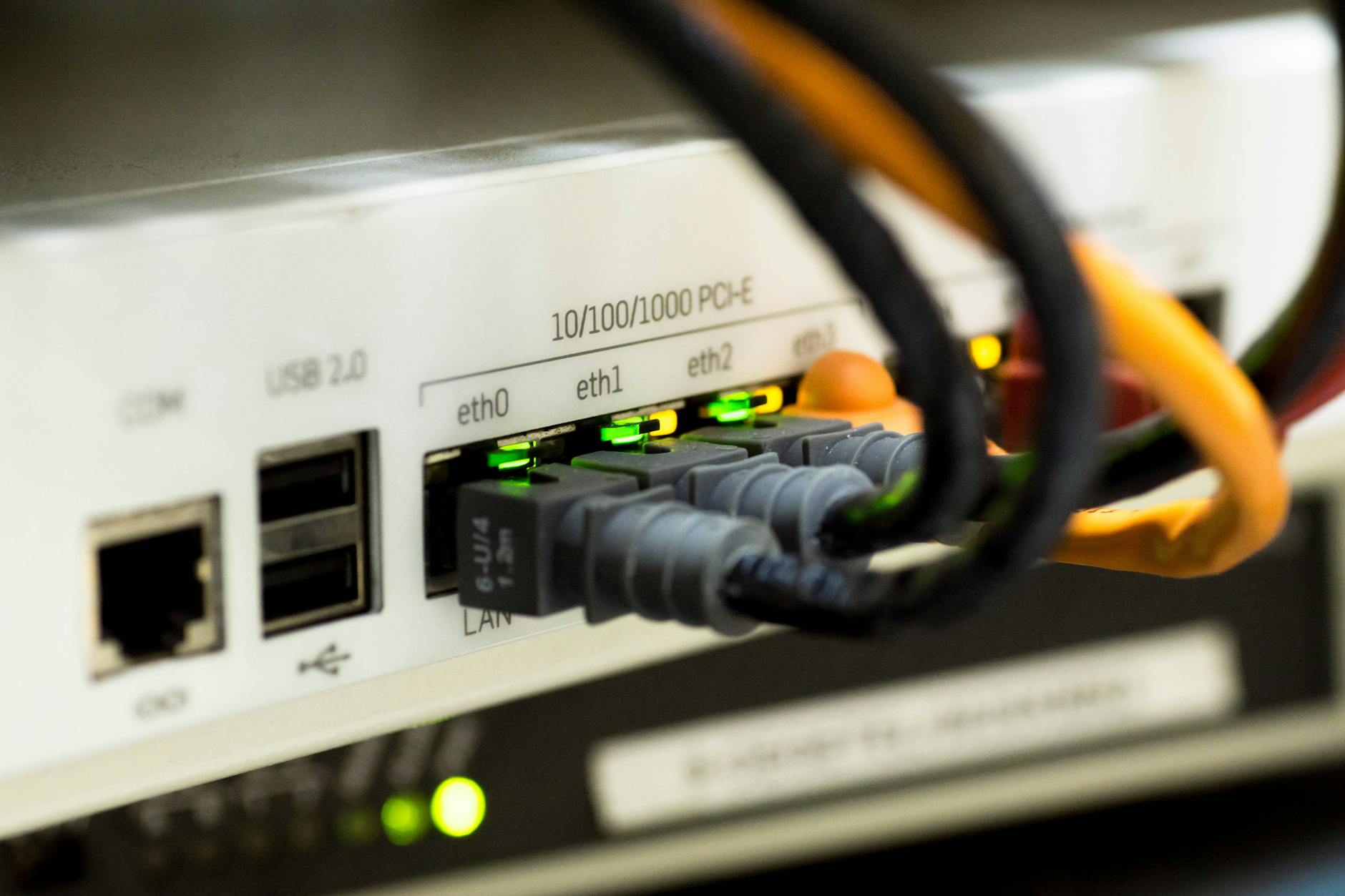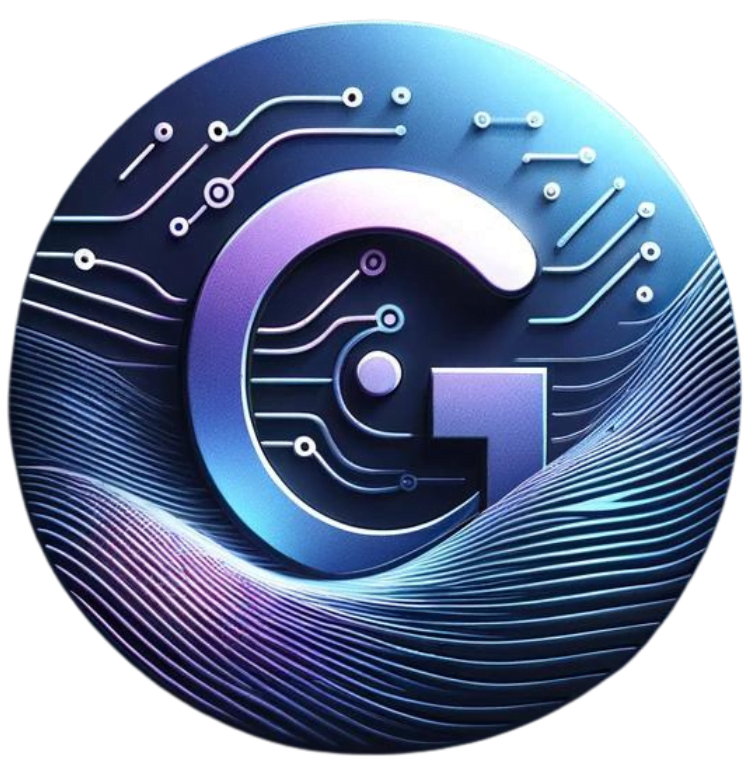Technology Adoption Rates Across Generations

Technology is evolving at an unprecedented pace, impacting every aspect of our lives. However, the rate at which different generations adopt new technologies varies significantly. Understanding these generational differences is crucial for businesses, educators, and policymakers. Let’s dive into the fascinating world of technology adoption across generations.
Technology Adoption by Generation
Baby Boomers

Characteristics and Traits
Baby Boomers, born between 1946 and 1964, are often characterized by their strong work ethic, traditional values, and a preference for face-to-face communication. They have witnessed the birth of the digital age but did not grow up with it, which shapes their approach to technology.
Popular Technologies Among Baby Boomers
Baby Boomers tend to favor technologies that improve their quality of life and provide convenience. They are avid users of email, online banking, and e-commerce platforms. Many have also embraced social media, particularly Facebook, to stay connected with family and friends.
Generation X

Characteristics and Traits
Generation X, born between 1965 and 1980, is known for its adaptability and independence. This generation grew up during the transition from analog to digital, making them comfortable with both traditional and modern technologies.
Popular Technologies Among Generation X
Generation Xers are proficient users of personal computers, smartphones, and the internet. They are likely to use productivity tools like Microsoft Office, streaming services like Netflix, and social media platforms such as LinkedIn and Facebook.
Millennials

Characteristics and Traits
Millennials, born between 1981 and 1996, are digital natives who have grown up with the internet and mobile technology. They value experiences over possessions and are known for their tech-savvy nature.
Popular Technologies Among Millennials
Millennials are heavy users of social media platforms like Instagram and Twitter, streaming services, and mobile apps. They are also early adopters of new technologies, such as smart home devices and wearable tech.
Generation Z

Characteristics and Traits
Generation Z, born from 1997 onwards, is the first generation to grow up in a fully digital world. They are highly connected, with a preference for instant communication and multimedia content.
Popular Technologies Among Generation Z
Gen Z favors platforms like TikTok, Snapchat, and YouTube. They are also enthusiastic about emerging technologies such as virtual reality (VR), augmented reality (AR), and advanced gaming consoles.
Factors Influencing Technology Adoption
Socioeconomic Factors
Socioeconomic status plays a significant role in technology adoption. Higher income levels often correlate with greater access to the latest technologies, while lower income levels can limit access and usage.
Educational Background
Educational attainment influences technology use, with higher education levels typically leading to more advanced and frequent use of digital tools.
Cultural Influences
Cultural background can impact attitudes toward technology. For example, cultures that value innovation and progress may be more open to adopting new technologies.
Access to Technology
Geographical location and infrastructure also affect technology adoption. Urban areas with better internet connectivity and access to technology tend to have higher adoption rates compared to rural areas.
The Role of the Internet and Social Media
Social Media Platforms by Generation
Each generation has its preferred social media platforms. Baby Boomers lean towards Facebook, Generation X uses LinkedIn and Facebook, Millennials favor Instagram and Twitter, while Generation Z dominates TikTok and Snapchat.
Internet Usage Patterns
Internet usage varies, with older generations using it for information and communication, while younger generations use it for social interaction, entertainment, and education.
The Impact of Technology on Daily Life
Communication
Technology has revolutionized communication across generations. From emails and texts to video calls and social media, the way we connect has become faster and more efficient.
Work and Productivity
Digital tools and remote work technologies have transformed the workplace. Generations differ in their comfort levels with these tools, but overall, technology has increased productivity and flexibility.
Entertainment
Streaming services, gaming, and digital media have become primary sources of entertainment. While preferences differ, all generations enjoy the convenience and variety offered by these platforms.
Challenges in Technology Adoption
Digital Literacy
Not everyone is equally adept at using technology. Digital literacy programs are essential to help those struggling to keep up, particularly among older adults.
Security Concerns
As technology advances, so do security threats. Protecting personal information and understanding cybersecurity is a challenge for all generations.
Technological Anxiety
The rapid pace of technological change can cause anxiety, especially among older generations who may feel left behind or overwhelmed by new developments.
Strategies to Bridge the Generation Gap
Education and Training Programs
Offering training programs can help bridge the gap, ensuring that everyone has the skills needed to navigate the digital world confidently.
Inclusive Design
Designing technology that is user-friendly for all ages can promote wider adoption and ease of use across generations.
Encouraging Intergenerational Learning
Promoting learning and collaboration between generations can foster a more inclusive approach to technology adoption. Younger individuals can help older adults learn new technologies, while older generations can share their experience and knowledge.
Conclusion
Understanding the nuances of technology adoption across generations is essential for creating inclusive and effective digital solutions. As technology continues to evolve, so too will the ways in which different generations interact with it. By recognizing these differences and addressing the challenges, we can ensure that everyone benefits from technological advancements.
FAQs
1. What technologies are most popular among Baby Boomers? Baby Boomers favor email, online banking, e-commerce platforms, and social media, particularly Facebook, for staying connected with family and friends.
2. How does socioeconomic status affect technology adoption? Higher income levels often lead to greater access to the latest technologies, while lower income levels can limit access and usage.
3. What are some effective ways to improve digital literacy? Offering training programs, creating user-friendly technology, and promoting intergenerational learning are effective ways to improve digital literacy.
4. How can businesses cater to different generations’ technology needs? Businesses can cater to different generations by understanding their preferences, offering training, and designing inclusive and user-friendly technology.
5. What future technologies are expected to see widespread adoption? Emerging technologies such as virtual reality (VR), augmented reality (AR), and advancements in artificial intelligence (AI) are expected to see widespread adoption across all generations.
For more on marketing and tech news, visit georgefeola.io

